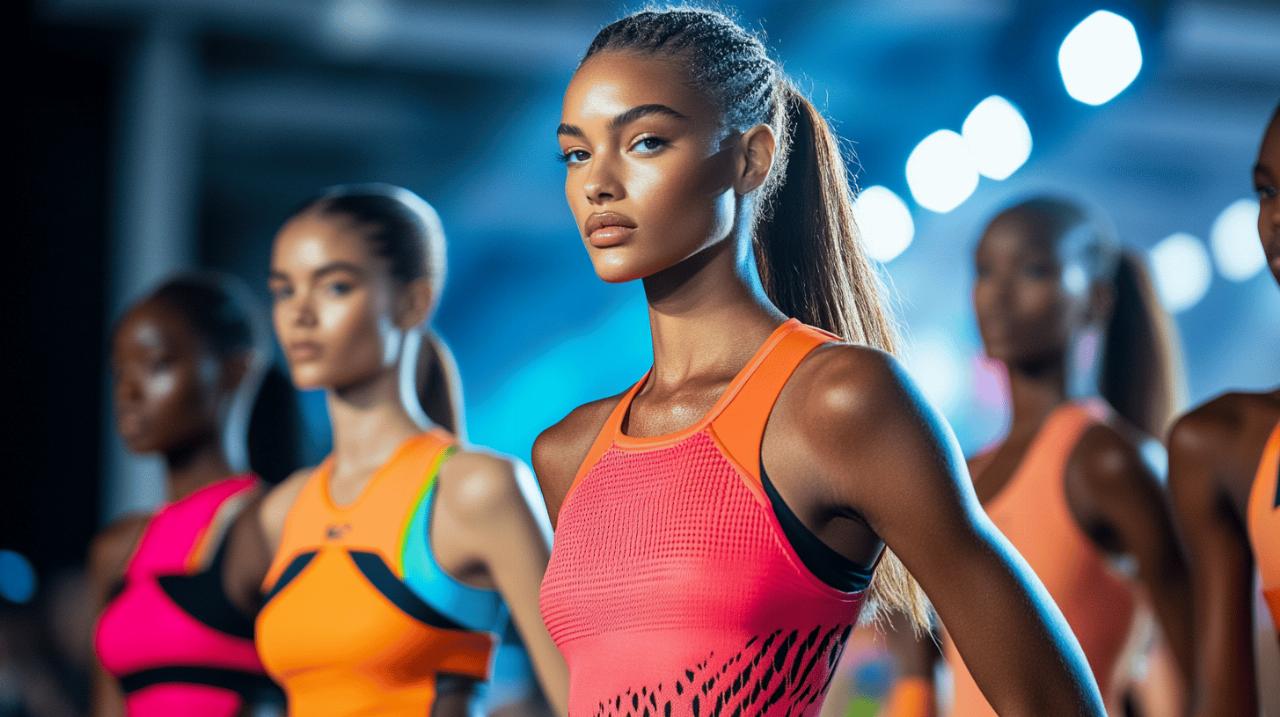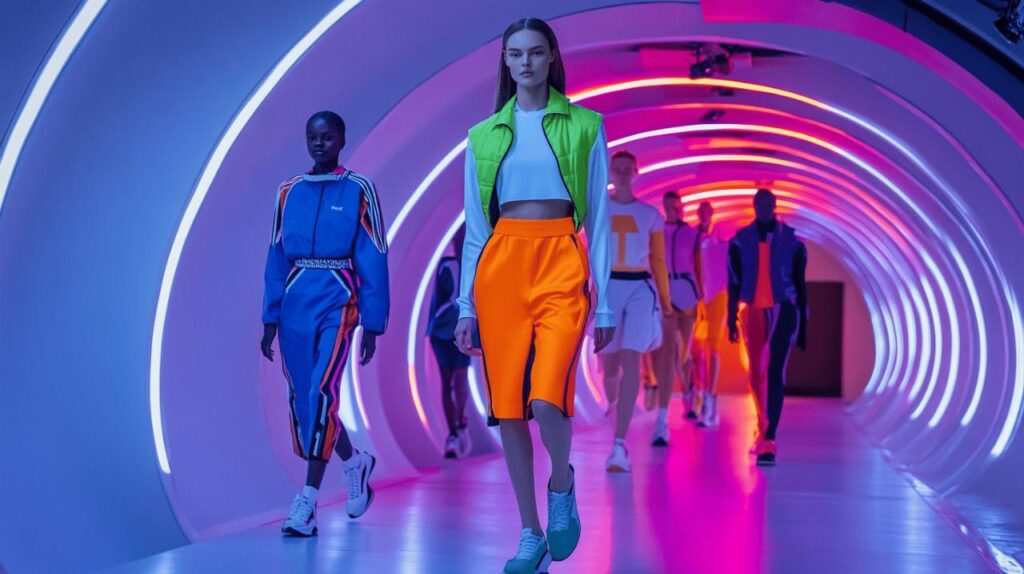The landscape of retail and fashion is rapidly evolving as we move further into 2025, with technological advancements, shifting consumer values, and innovative business models reshaping how we shop and what we wear. Effepi blog has been tracking these developments closely, noting that the intersection of digital transformation and sustainability is creating unprecedented opportunities and challenges for both retailers and consumers. This exploration will delve into the current purchasing behaviours and fashion trends that are defining our shopping experiences today.
Current consumer purchasing behaviours
The way people shop has undergone a significant transformation in recent years, driven by technological innovation and changing consumer preferences. Fashion e-commerce is experiencing remarkable growth, with predictions suggesting it will reach a valuation of $1 trillion by 2024, growing at a compound annual growth rate of 14.2% between 2017-2025. This shift towards digital shopping is not merely about convenience but represents a fundamental change in how consumers interact with fashion brands and products.
Digital marketplace evolution
The digital marketplace has evolved beyond simple online storefronts to create immersive and engaging shopping experiences. Social commerce has emerged as a powerful force, with sales expected to reach $56 billion in the US within two years and $600 billion globally by 2027. This growth is largely driven by younger consumers who naturally blend social media interactions with shopping activities. Voice assistants are also transforming how consumers discover and purchase products, with voice-assisted transactions projected to reach $19.4 billion this year. These technological advancements are creating more intuitive and frictionless shopping journeys.
Digital wallets have become increasingly prevalent across global markets, with adoption rates varying significantly by region. India leads with 90.8% of consumers using digital wallets, followed by Indonesia at 89.8% and Thailand at 89.0%. In contrast, the United States shows a more modest adoption rate of 46.7%, indicating room for growth in this market. This financial technology is streamlining the purchasing process and opening new possibilities for seamless transactions across platforms.
Sustainable buying practices
Sustainability has moved from a niche concern to a mainstream priority, with 44% of millennials and Gen Z considering environmental impact when making purchasing decisions. This shift in consumer awareness is challenging an industry that produces approximately 92 million tons of textile waste annually, with a staggering 87% ending up in landfills. In response, many consumers are embracing circular fashion concepts and secondhand markets.
The secondhand apparel market is experiencing explosive growth, projected to reach $77 billion in North America by 2028 and $350 billion globally. This growth is facilitated by improved shopping experiences, with approximately 70% of consumers reporting that buying secondhand is easier now than a few years ago. This trend represents not just an environmental consciousness but also a shift in how consumers perceive value and quality in fashion items.
Vogueish apparel movements
Fashion trends in 2025 are being shaped by a complex interplay of technological innovation, cultural shifts, and environmental concerns. These movements are not simply about aesthetics but reflect deeper societal values and technological capabilities. Designers and brands are responding with creative solutions that blend style with functionality and sustainability.

Vintage revival styles
The resurgence of vintage and retro aesthetics has gained significant momentum, reflected in the booming secondhand market which is expected to grow 127% by 2026. This trend goes beyond nostalgia, representing a conscious rejection of fast fashion cycles and a celebration of timeless design. Consumers are increasingly valuing the story and history behind their clothing items, seeking pieces with character and uniqueness that mass-produced items often lack.
This revival is being supported by technology, with digital product creation reducing waste by up to 70% and carbon emissions by 30%. Additionally, the concept of product passports is gaining traction, using technology to digitally share information about a garment’s origin, materials, and sustainability credentials. These innovations are making it easier for consumers to make informed choices that align with their values while still embracing distinctive styles from previous eras.
Gender-fluid fashion
The fashion industry is experiencing a significant shift towards inclusivity and diversity, with traditional gender boundaries in clothing becoming increasingly blurred. Brands are expanding their size ranges and featuring more diverse models, responding to consumer demand for representation. This movement is part of a broader trend toward ethical fashion, with the market expected to reach $12.05 billion in 2028, growing at a compound annual rate of 8.1%.
Technology is playing a crucial role in this evolution, with innovations like Mobile Tailor and YourFit technology providing more accurate sizing and fit recommendations. These advancements are particularly important for gender-fluid fashion, where traditional sizing categories may not apply. Smart fabrics and wearable technology are also blending style with functionality, with projections suggesting that 27.2% of the US population will use wearable tech by 2025. These developments are creating new possibilities for self-expression through fashion that transcends traditional gender norms.

